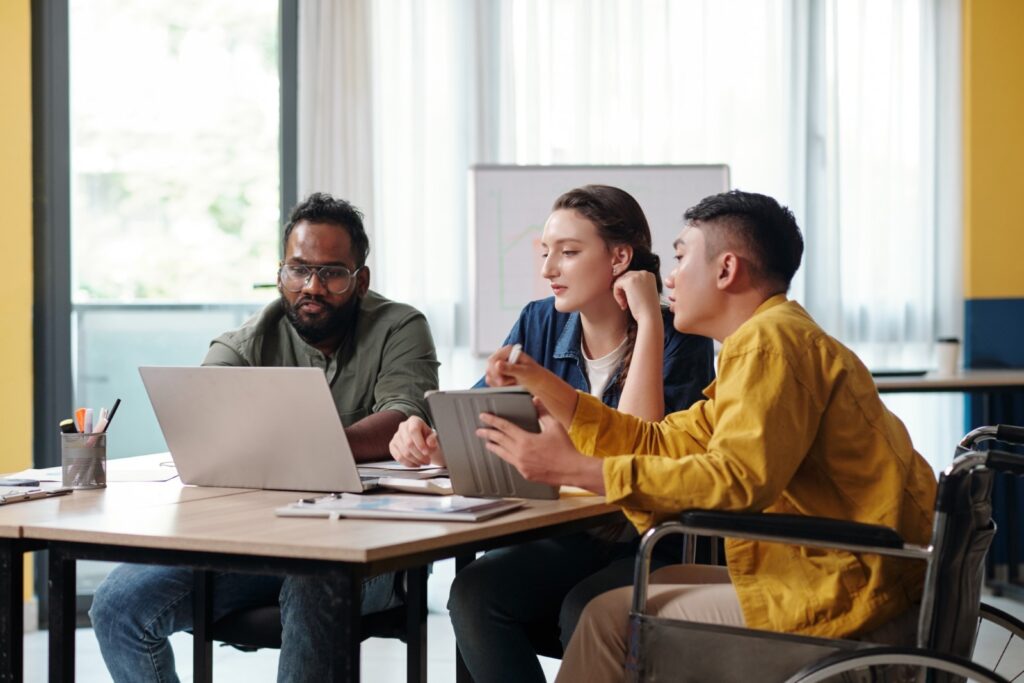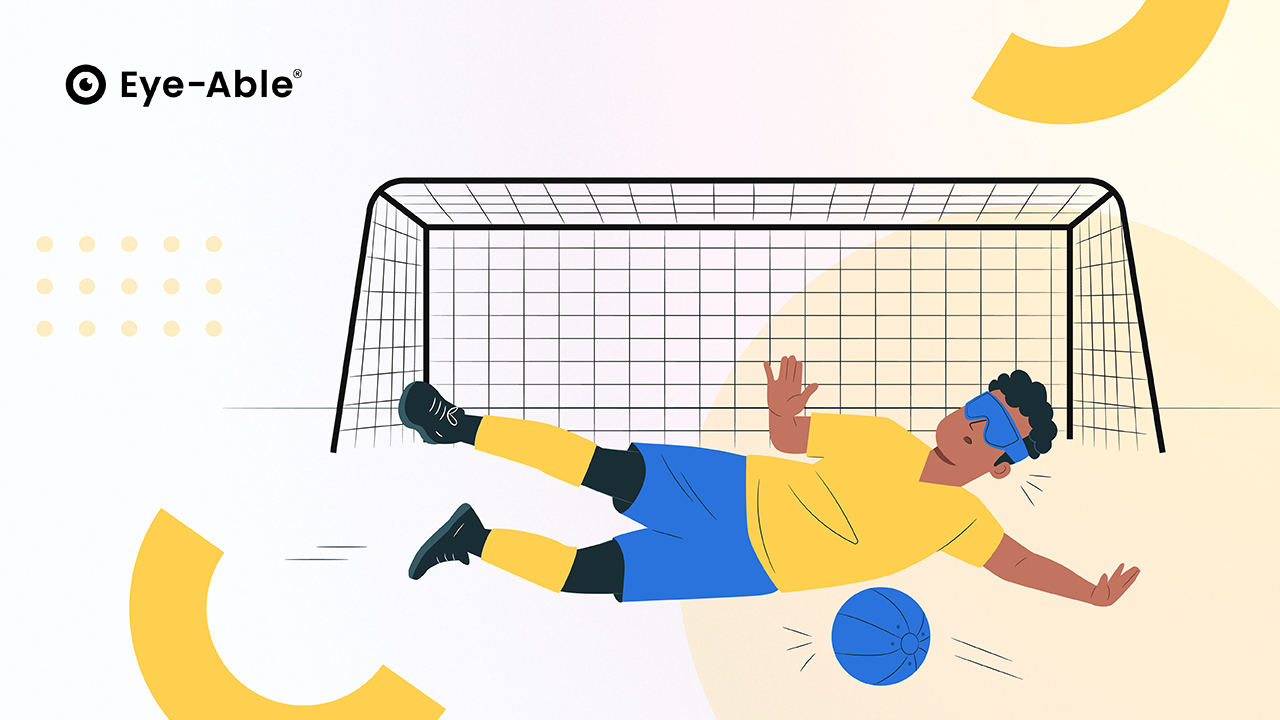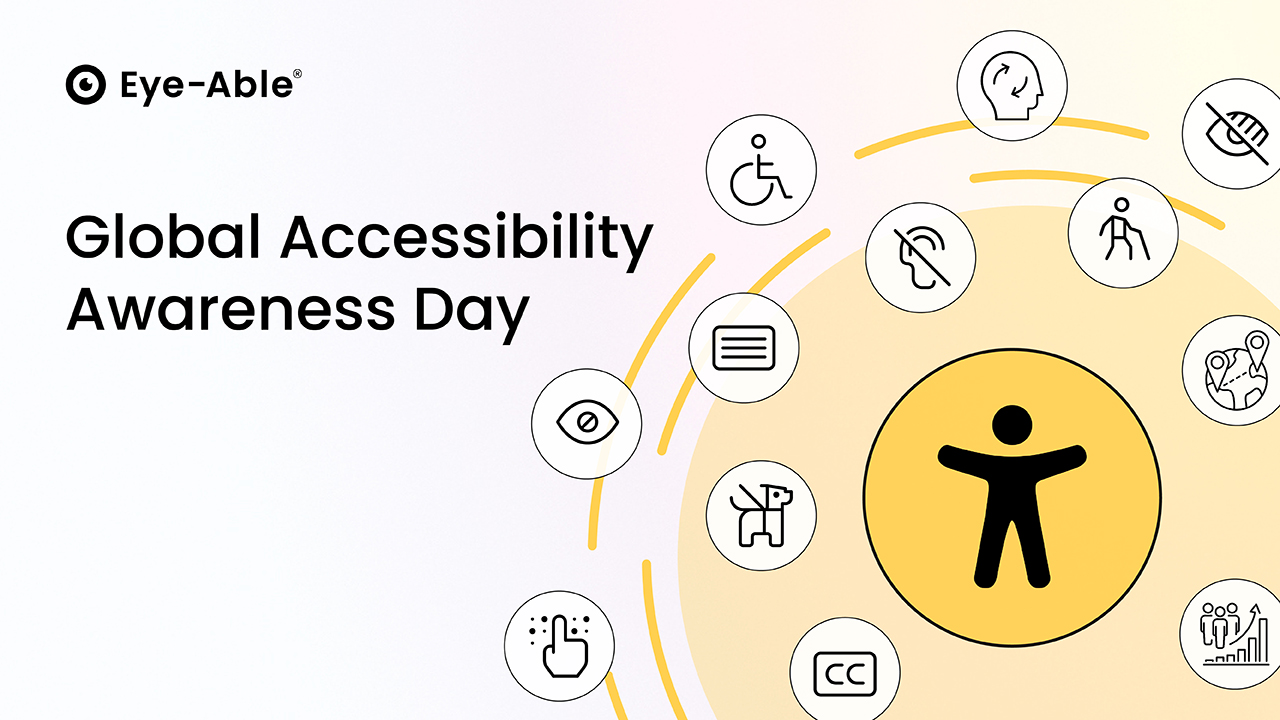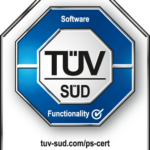Bridging the digital divide for people with disabilities has become one of the great moral imperatives of our time. There is simply no way to move through modern society without accessing and using technology, and those that prevented from participating with technology experience adverse socioeconomic outcomes such as poorer education, fewer job opportunities, and the health and well-being impacts of higher poverty rates.
Without technology having accessibility built into it, this is the reality that one in 7.5 people in the world face. Over one billion people live with some form of disability. That's nearly 15 per cent of the population. It's also something that can affect everyone. Only 15% of people can trace their disabilities to diseases, illnesses or hereditary conditions. For everyone else, disability is something acquired, and it can upend everything in their lives - including their ability to work and interact with technology as they had previously.
Integrating accessibility into technology isn't a niche activity. It's a moral imperative. And, indeed, it's increasingly a legal requirement, with more people with disabilities bringing legal action against websites and other software developers that fail to provide accessibility.
Accessibility means diversity
There are many disabilities that any accessibility solution needs to account for. These range from physical motor skills, to cognitive, learning and neurological disorders, and disabilities of the senses (sight, hearing, etc). Broken down from ABS data, it looks like this:
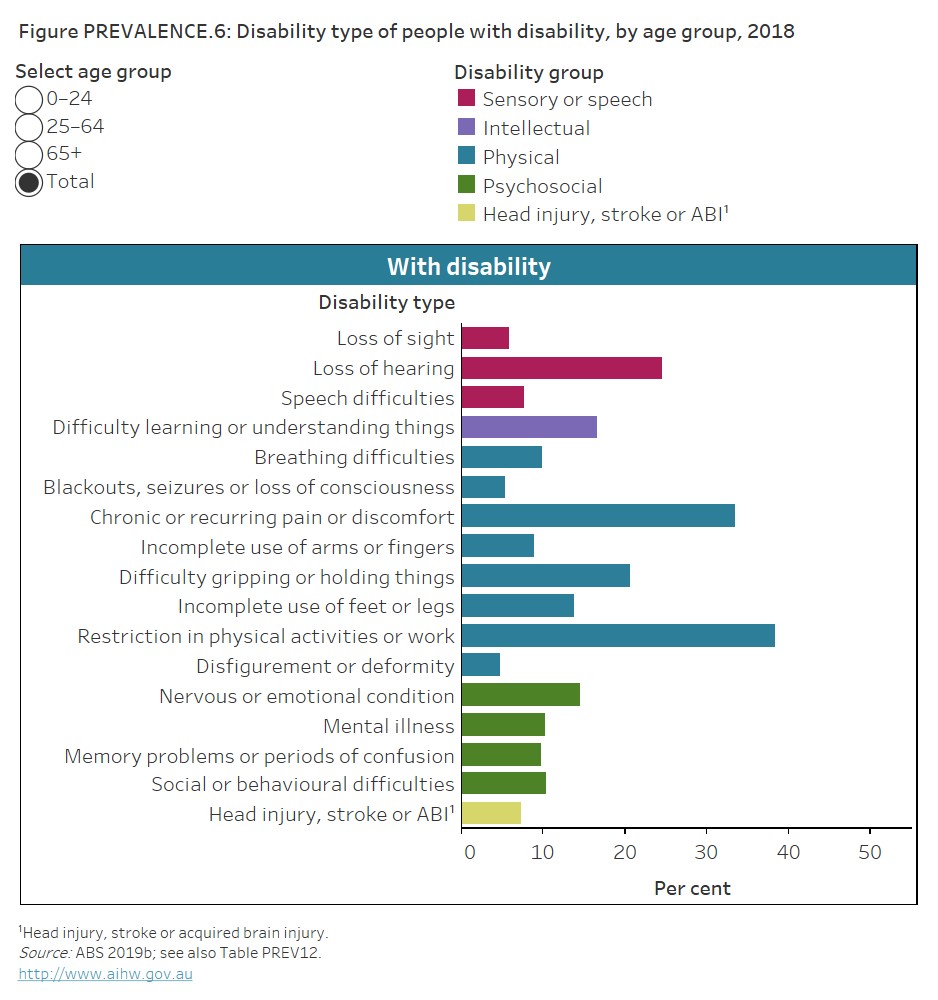
With such a broad range of disabilities to account for, many organizations struggle to fully understand how to meet their Web Content Accessibility Guidelines (WCAG), something legally mandated in Australia. These requirements are broad, with the latest WCAG guidelines (2.1) covering the following four key areas:
Perceivable
- Provide text alternatives for non-text content.
- Provide captions and other alternatives for multimedia.
- Create content that can be presented in different waysincluding by assistive technologies, without losing meaning.
- Make it easier for users to see and hear content.
Operable
- Make all functionality available from a keyboard.
- Give users enough time to read and use content.
- Do not use content that causes seizures or physical reactions.
- Help users navigate and find content.
- Make it easier to use inputs other than keyboard.
Understandable
- Make text readable and understandable.
- Make content appear and operate in predictable
- Help users avoid and correct mistakes.
Robust
- Maximize compatibility with current and future user tools.
Assisting organizations in understanding where they might be out of compliance with these WCAG requirements, and then bridging the gap to deliver true accessibility is key to the Eye-Able® solution. Eye-Able® provides a comprehensive Website auditing and reporting function, which breaks down each page and provides actionable advice on how to address the problem to build better accessibility to the site.
Additionally, Eye-Able® Assist is a tool that instantly improves the accessibility of a website with 25 sliders and tools that allow a user to tailor their own experience of a website. This tool runs on both AWS and Microsoft Azure, and is compatible with most major browsers.
The comprehensive quality of these tools, and Eye-Able's® accessibility capabilities, is what led SoftwareOne to sign on as an authorized reseller of the technology last year. Through the arrangement, organizations can purchase software licenses for the Eye-Able® Assist tool, and additionally benefit from SoftwareOne's expertise in deploying and managing holistic accessibility solutions.
Accessibility means better business
At SoftwareOne, we're committed to maximizing the potential of technology to make a meaningful difference. As technology and the digital environment continue to be the cornerstone of innovation and growth within society, we look forward to breaking down barriers and making this digital world more inclusive and equitable for all.
When Accenture researched the business impact of companies that displayed leadership in disability inclusion, the numbers were significant: Those companies reported 28% higher revenue, double the net income, and 30% better profit margins.
This is for any number of reasons. Employees are happier working at inclusive businesses and less likely to take their skills elsewhere. Meanwhile, one-in-three consumers will only buy from brands they see as doing social and environmental good. Practically speaking, accessibility is a Google SEO requirement, and the more accessible your website is, the more potential customers you can reach.
Together, Eye-Able® and SoftwareOne harness the power of inclusion and digital accessibility, to break barriers and foster equality. This helps digital businesses stay compliant, meet and exceed their social obligations, and, simply, run better options.


